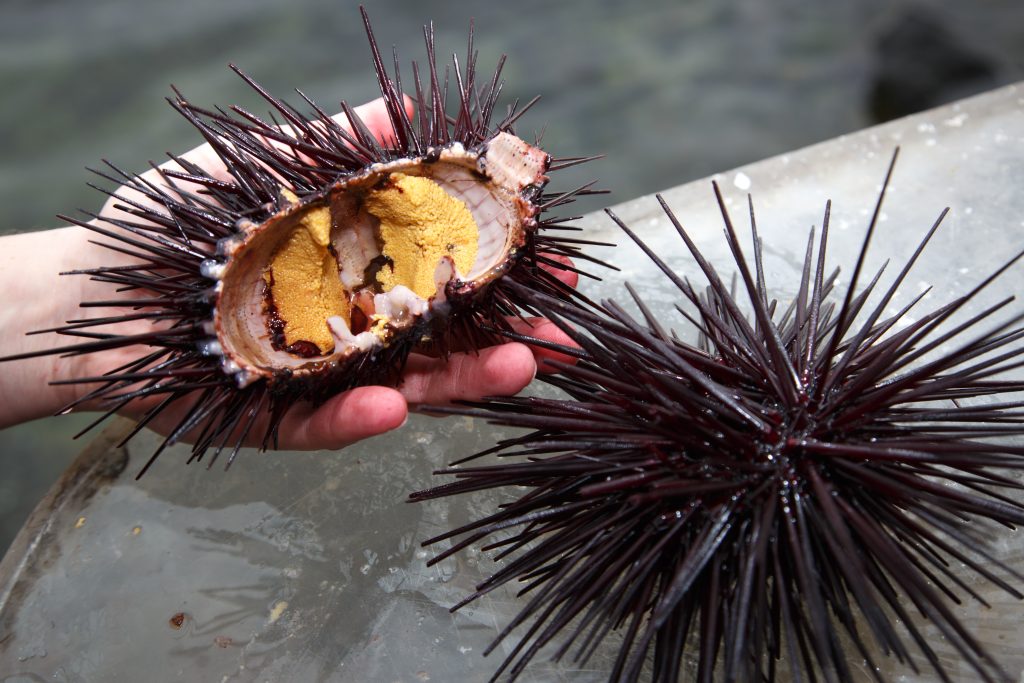
Researchers have determined the likelihood of Tasmanian sea urchins accumulating paralytic shellfish toxins (PST) in their roe during blooms of the microalgae Alexandrium catenella and Gymnodinium catenatum. This new research will help tailor Tasmanian urchin marine biotoxin monitoring and risk management to prevent PST-induced illness in humans and safeguard market access.
Tasmania’s commercial urchin fishery catches and processes roe (gonads) from the native Shortspined Sea Urchin and the range-extending Longspined Sea Urchin for consumption in Australia and overseas. However, recurrent blooms of toxic algae in productive urchin harvest zones have increased the possibility of urchins accumulating PSTs in their roe.
To read the rest of the article, click here.
